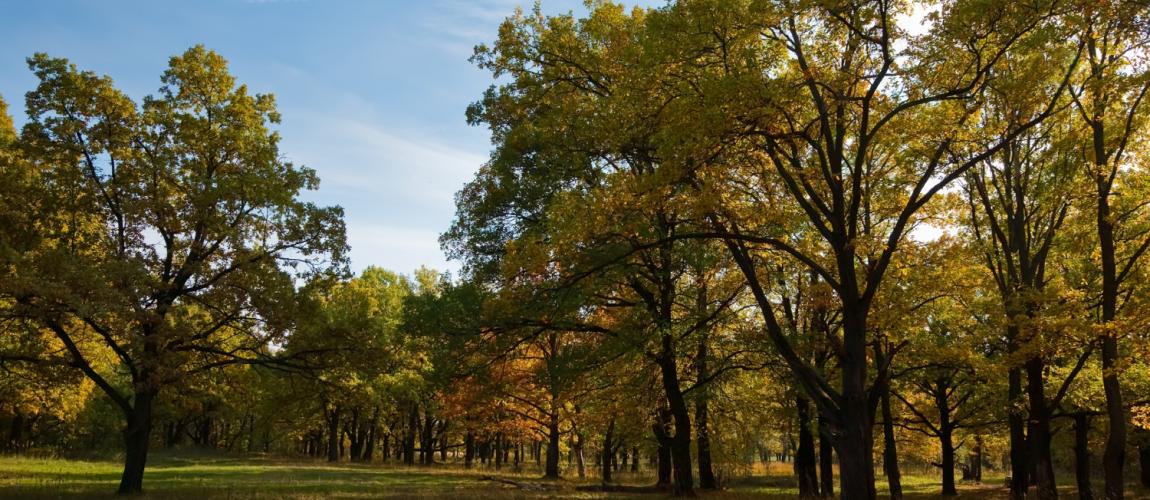Bundled State Parks, California, United States

Photo Credit: Image by Freepik
On this page: A case study on Bundled State Parks, California, United States. Find more at the Municipal Public-Private Partnership Framework - Project Summaries section for brief summaries of around 100 projects from around the world, examples of successes and challenges, as well as innovative ideas on solutions, or visit the Guidelines to Implementing Asset Recycling Transactions Section Overview and Content Outline, or download Full Version of the Report.
Project Summary: Background Due to public budget pressure in 2010, California officials reduced state park budgets by USD 11 million and planned an additional USD 22 million in cuts over the coming years. As a result, 150 state parks were shut down part-time or suffered a severe decrease in service provision. Moreover, state parks had accumulated over USD 1 billion in deferred repairs and maintenance costs. In response to the budget cuts, the state parks division of the California Department of Parks and Recreation, California State Parks (CSP), began seeking partnerships with cities, counties, nonprofit organizations, and private entities that would allow it to keep as many of the parks open as possible. As a result of these efforts, partnership agreements were signed for 69 threatened state parks. Of the 69, three parks (Brannan Island, Turlock Lake, and Woodson Bridge State Recreation Area) were to be operated under a PPP using a private concession management model. Project Structure In June 2012, the public authority awarded the three-park package through a competitive bidding process to American Land & Leisure (AL&L) under a five-year management contract. Under this agreement, AL&L is required to implement an operational plan for each park, to be prepared by AL&L and approved by the state, that outlines how services will be provided and facilities maintained throughout the concession. The concession holder is also responsible for minor improvements and the day-to-day operation of the premises. CSP remains responsible for major maintenance works in the parks, which is funded through the park maintenance fund. AL&L obtains revenues from visitor fees, including entrance fees and associated recreation fees such as those charged for camping, boat rentals, and from retail sales within the park. In return, AL&L pays rent to CSP, which is set at the greater of a fixed, minimum payment or a percentage of gross receipts. This concession fee is paid into a park maintenance fund. AL&L provided a performance bond covering 100 percent of the rental payments due over the next five years. Lessons Learned By bundling three parks into one concession agreement, the project could generate a sufficient potential return on investment to attract the interest of private companies. In addition, since the private partner’s revenue comes entirely from user fees, the concession-holder has a clear incentive to make the parks attractive to visitors. The project also protected the workers at the three parks, as any workers not hired by AL&L were transferred to other parks in the CSP system. Based on an FTI consulting assessment, revenue from each of the three parks increased under private operation., The assessment found out that the gross revenues from all three parks increased by 28 percent in the first period of operation by AL&L, up from USD 522,000 in 2011/12 to USD 670,000 in 2012/13. Prior to the partnership, each of the parks operated at a deficit.1 Footnote 1: Source(s) accessed on January 27, 2019 https://reason.org/ commentary/apr- 2013-state-parksprivatization/ http://parksforward. com/site/uploads/ CA%20State%20 Parks%20Report%20 Nov%2030%20final.pdf http://parkppp.com/ how-does-the-privatecompany- get-paid/
This is a new section of the PPPLRC website and is currently in draft form. Your feedback is welcome: If you would like to comment on the content of this section of the website or if you have suggestions for links or materials that could be included please contact us at ppp@worldbank.org.
To find more, visit the The Municipal Public-Private Partnership Framework - Project Summaries section, the Guidelines to Implementing Asset Recycling Transactions Section Overview and Content Outline, or download Full Version of the Report.
Updated: March 9, 2024